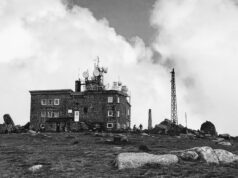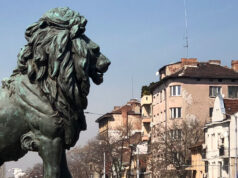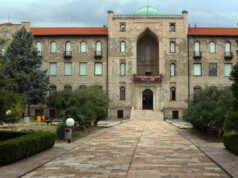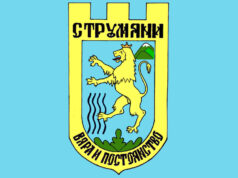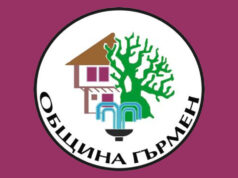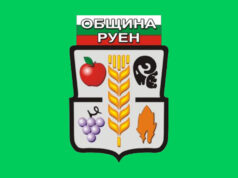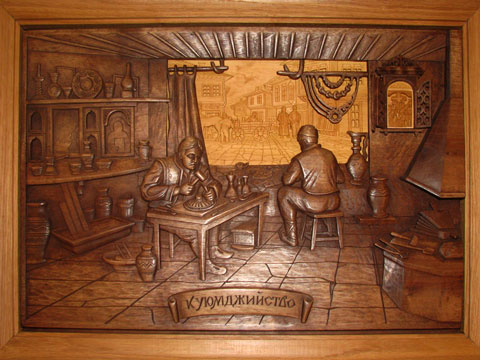 Tryavna has a long history and tradition of craftsmanship, a factor which has led this town to become an attractive tourist destination in all seasons, for both Bulgarians and foreigners. Nestled in the Tryavna River Valley in the central-north part of the country, surrounded by lush hills and mountains, and decorated with historic houses in the Bulgarian Renaissance style, Tryavna has preserved the spirit of bygone times, as every visitor who comes to see this unique architectural reserve will remark.
Tryavna has a long history and tradition of craftsmanship, a factor which has led this town to become an attractive tourist destination in all seasons, for both Bulgarians and foreigners. Nestled in the Tryavna River Valley in the central-north part of the country, surrounded by lush hills and mountains, and decorated with historic houses in the Bulgarian Renaissance style, Tryavna has preserved the spirit of bygone times, as every visitor who comes to see this unique architectural reserve will remark.
At first sight, what captivates is the beauty of the town combined with a cleanliness and orderliness lacking in many Bulgarian cities. The truth is that in recent years Tryavna has undergone major changes. The city centre has been completely renovated and landscaped, and many buildings have been restored. The streets are filled with small shops for souvenirs, icons, woolen clothing, shoes and accessories, wooden works of art, pubs, cafés and pastry shops in old-style museum-houses, and galleries of famous Bulgarian writers.
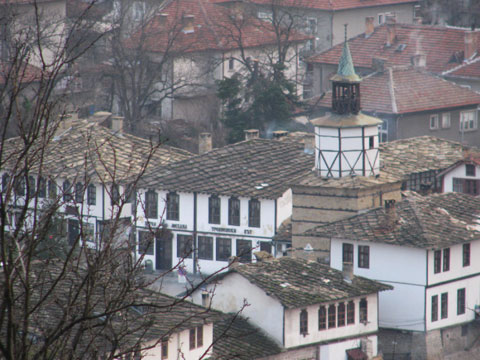 The famous clocktower in the city centre was built in 1814 with the help of local people and craftsmen.
The famous clocktower in the city centre was built in 1814 with the help of local people and craftsmen.
The Church of Sveti Archangel Mihail (Saint Archangel Michael), which has been preserved despite several fires, is now one of the oldest Orthodox churches in central Bulgaria. Together with the Church of Sveti Georgi (Saint George) they comprise the most important churches for the city, notably because helped in preserving the Bulgarian spirit during the centuries under the Ottoman Empire.
In many hotels and taverns, as well as the town hall, tourists will see beautifully worked wooden ceilings which are the work of local craftsmen.
Here, as in other towns such as Bansko, Veliko Tarnovo, Koprivshtitsa, people can walk along the narrow cobblestone streets and enjoy the lively atmosphere unmatched by large industrial cities in Bulgaria.
Tryavna houses the only microbrewery in the country, a joint project between Belgium and Bulgaria. They offer a pale ale brewed according to a traditional Belgian recipe, an amber beer and a dark ale, brewed with the de facto national herb, chubritsa (savory).
If you want to try something sweet and authentic, find the small shops with signs reading:
“Sweeten your lives with glezenki from the time of our grandmothers.”
“Подсладете живота си с глезенки от бабино време.”
(Glezenki are something that spoils people, a treat.)
For lovers of coffee, right in the centre of town next to the clocktower, there is a café which offers Turkish coffee prepared on hot sand.
Geography
Tryavna is in central Bulgaria, 20 kilometres east of Gabrovo and 42 kilometres from Veliko Turnovo, located on the northern slopes of the Tryavna Mountains at an altitude of 440 metres. It can be reached from Sofia by bus in four hours, via the highway to Varna. The price of a round-trip ticket is 32 leva; buses leave from Sofia’s central bus station at 11.30 am.
History
The town was founded in the second half of the 12th century with the name Tarnava. During the Bulgarian Renaissance of the late 18th and early 19th centuries, Tryavna was a thriving economic and cultural-educational centre. In 1839, the second secular school in Bulgaria was established here, headed by the eminent Bulgarian writer Petko Slaveykov. Here his son was born – the famous poet Pencho Slaveykov.
Many highly talented craftsmen led to the formation of the oldest art school in Bulgaria, with iconography, carving and construction being the basis for the rapid rise of the school. Their works were known and distributed throughout the Ottoman Empire, Russia and Serbia.
After the liberation of Bulgaria from the Ottoman Empire in 1878, they began development of a new craft – the production of woolen textiles. In the first half of the 20th century, a number of enterprises for processing wood, furniture, textiles and metal products were opened.
Tourism started to develop in the early 20th century. Many of the houses in the city have been transformed into small hotels, and there are a lot of inexpensive rooms available.
Museums
Visitors have the opportunity to see several museums: The Museum Of Woodcarving And Ethnographic Art, the houses-museums Daskalova, Slaveykova and Raykova, the Old School, the Museum Of The Icon, and the Museum Of Asian And African Art.



